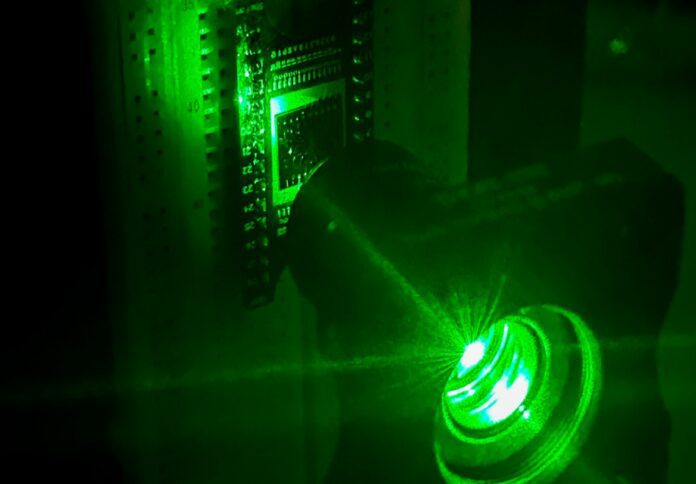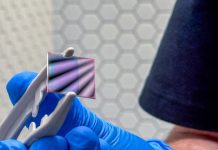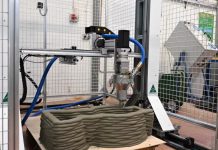
Researchers at RMIT University have developed a tiny device that mimics the human brain’s ability to see and remember things, which they describe as a “promising step” towards having applications that can make rapid, complex decisions such as in self-driving cars.
The device, which is a neuromorphic invention, is a single chip-enabled by a sensing element, doped indium oxide, that is thousands of times thinner than a human hair and requires no external parts to operate.
In a news release, the team revealed the technology simulates a human eye’s capacity to catch the light, pre-packages and transmits information like an optical nerve, and stores and classifies it in a memory system in the same manner that the brains can.
Team Professor Sumeet Walia said the novel gadget can conduct all required tasks, including detecting, producing and processing information, and preserving memories, without relying on an external energy-intensive computer, which limits real-time decision-making.
“Performing all of these functions on one small device had proven to be a big challenge until now,” said Walia from the School of Engineering.
He added, “We’ve made real-time decision-making a possibility with our invention because it doesn’t need to process large amounts of irrelevant data and it’s not being slowed down by data transfer to separate processors.”
The team’s experiments involved ultraviolet light, and they are currently working to develop this technology even further for visible and infrared light.
This technology has a wide range of potential applications, including bionic vision, autonomous operations in hazardous situations, the evaluation of food shelf-life, and advanced forensics, according to the researchers.
“Imagine a self-driving car that can see and recognise objects on the road in the same way that a human driver can or being able to able to rapidly detect and track space junk. This would be possible with neuromorphic vision technology,” Walia explained.
He continued by saying that neuromorphic robots might operate autonomously for extended periods in hazardous conditions where workers might be exposed to cave-ins, explosions, and poisonous air.
In particular, the team’s technology mirrored the capabilities of the retina by employing single-element image sensors that record, store, and interpret visual data on a single platform.
“The human eye is exceptionally adept at responding to changes in the surrounding environment in a faster and much more efficient way than cameras and computers currently can,” Walia said.
He concluded, “Taking inspiration from the eye, we have been working for several years on creating a camera that possesses similar abilities, through the process of neuromorphic engineering.”
RMIT University engineers led the work, with contributions from researchers at Deakin University and the University of Melbourne.
Their findings and analysis are published in Advanced Functional Materials.



















